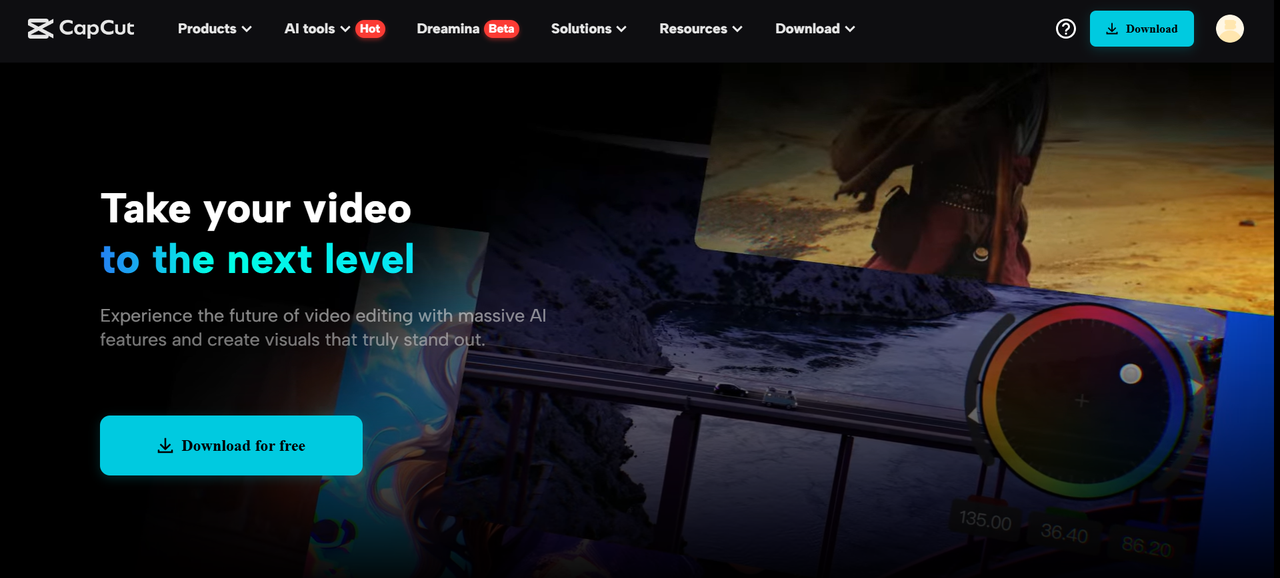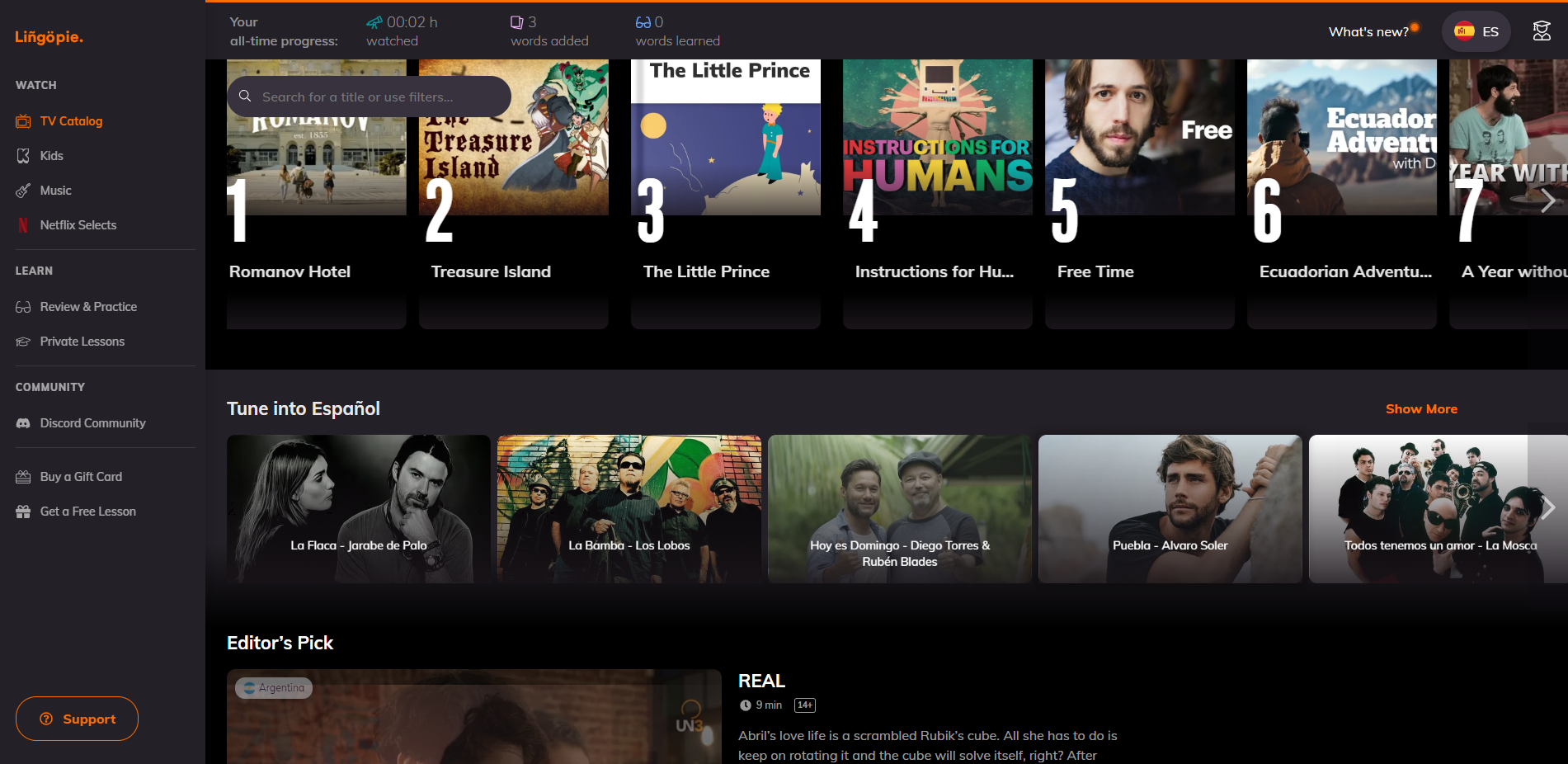Choosing the Right Teaching Materials for Online Language Courses
written by: Krystof-Sandor Harfst
Table of Content
In the realm of online language learning, the abundance of resources can be both a blessing and a challenge. As learners and educators embark on the journey of mastering a new language in the virtual world, one crucial question arises: How do you select the right teaching materials that will pave the way for an effective and engaging online language learning experience? In this blog post, we will delve into the art of choosing the right teaching materials for online language courses, addressing the concerns of learners and educators alike.
The Significance of Selecting the Right Materials
The materials used in online language courses play a pivotal role in shaping the learning experience. They determine the pace, depth, and overall effectiveness of the learning journey. A well-thought-out selection of teaching materials can facilitate comprehension, engage learners, and provide real-world context for language use. Conversely, mismatched or irrelevant materials can lead to confusion, frustration, and hindered progress.
Factors to Consider When Selecting Materials
1. Language Proficiency Level
Different materials are suitable for learners at different proficiency levels. Beginners require materials that introduce basic vocabulary and grammar, while advanced learners benefit from more complex content. Consider the appropriate level of difficulty when choosing materials.
2. Learning Styles
People have different learning preferences, such as visual, auditory, kinesthetic, or a combination of these. Choose materials that cater to a variety of learning styles to ensure that learners can engage with the content in ways that resonate with them.
3. Goals and Objectives
Define the specific goals and objectives of your online language course. Are you focusing on conversational fluency, business communication, or academic writing? The materials you choose should align with the desired outcomes of the course.
4. Authenticity
Authentic materials, such as news articles, podcasts, and videos, provide learners with exposure to real-world language usage. Including authentic materials enhances language comprehension and cultural understanding.
5. Interactivity
Engagement is key in online learning. Look for materials that incorporate interactive elements such as quizzes, exercises, and multimedia. Interactive materials keep learners actively involved and motivated.
6. Cultural Context
Language is deeply intertwined with culture. Choose materials that expose learners to cultural nuances, idioms, and customs, providing a holistic understanding of the language.
Types of Teaching Materials
1. Textbooks and Workbooks
Traditional textbooks and workbooks provide structured lessons, exercises, and assessments. They are valuable resources for building a strong foundation in grammar, vocabulary, and language structure.
2. Online Language Learning Platforms
Digital platforms offer a wide range of resources, including interactive lessons, quizzes, and language games. Platforms often use AI to adapt to learners' progress and preferences.
3. Multimedia Content
Videos, podcasts, and audio recordings expose learners to authentic language use, accents, and intonations. Multimedia content enhances listening and speaking skills while immersing learners in the language.
4. Authentic Reading Materials
News articles, blogs, and literature in the target language expose learners to real-world context and diverse language usage. These materials improve reading comprehension and expand vocabulary.
5. Language Apps
Language learning apps provide bite-sized lessons, quizzes, and gamified challenges. Apps are convenient for on-the-go learning and offer repetition for reinforcement.
Conclusion: Navigating the Sea of Learning Resources
Selecting the right teaching materials for online language courses is a journey of thoughtful consideration and deliberate choice. Learners and educators alike must factor in language proficiency levels, learning styles, goals, authenticity, interactivity, and cultural context. The diverse array of materials, from traditional textbooks to immersive multimedia, presents opportunities for dynamic and engaging online language learning experiences. As you embark on your online language learning journey, remember that the right materials can unlock the doors to linguistic proficiency, cultural enrichment, and a world of communication possibilities.
Share this article!






